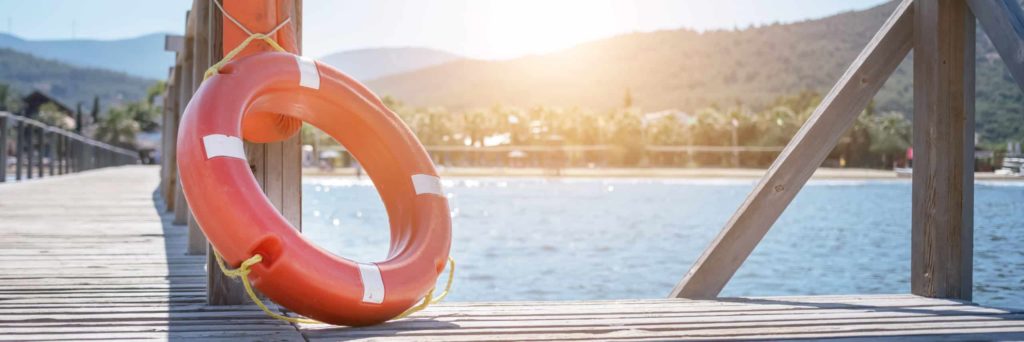We all know the first few minutes are crucial in an emergency situation, and healthcare providers are also using drones to accelerate the delivery of essential care and supplies.
When considering the benefits in this scenario, let’s use the example of someone who is suffering from a cardiac arrest. According to the British Heart Foundation, there are around 7.6 million people living in the UK today with heart and circulatory diseases, resulting in more than 160,000 deaths each year. To put that into perspective, that’s equivalent to one death in the UK every three minutes!
The reality is a sudden cardiac arrest can happen to anyone at any time but having quick access to an Automated External Defibrillator (AED), a device that can analyse the heart’s rhythm and, if necessary, deliver an electric shock to start the heart going again, can really save lives.
In fact, it’s believed for every minute it takes for a defibrillator to reach someone, a person’s chances of survival will reduce, so it makes sense that drones are used to quickly get them to where they are needed.



